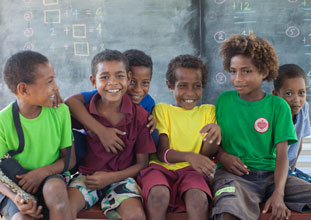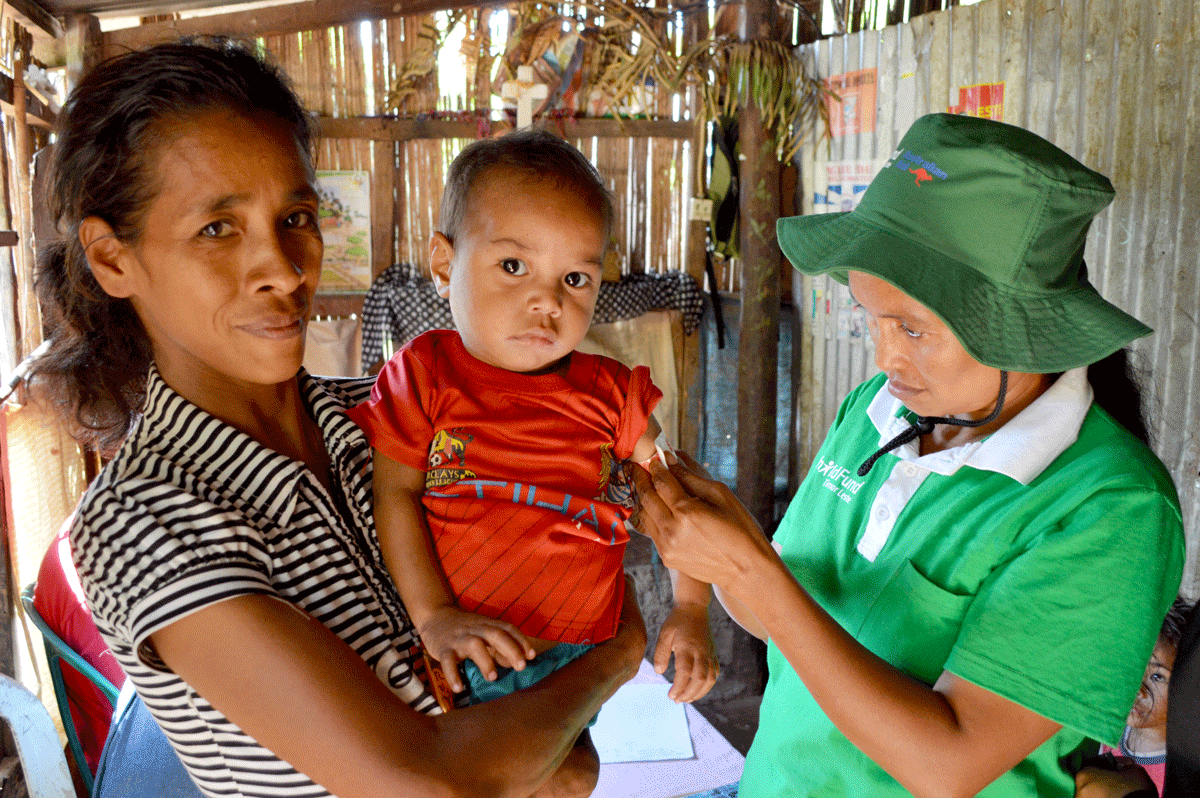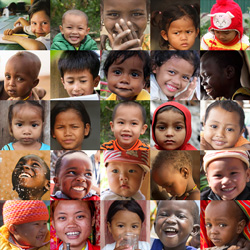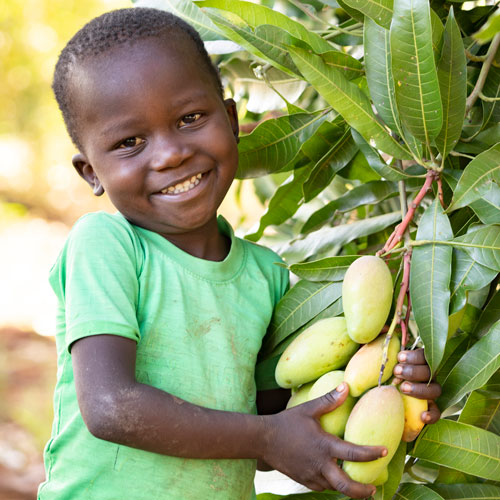Change The World - Charity Gifts For Any Occasion
No matter what the celebration or special occasion, you can give a meaningful gift with our charity Gifts for Good.
Families learning to care for children living with disabilities
In Vietnam, parents of children with disabilities are learning how to build a more inclusive future.
What is Human Rights Day?
Child rights are human rights. We need to act right now to protect the future of every child.
Food, Family and Community: Juan De La Cruz in Timor-Leste
Healthy babies, happy mums – how nutrition and maternal education are helping Timorese families build a stronger future.














